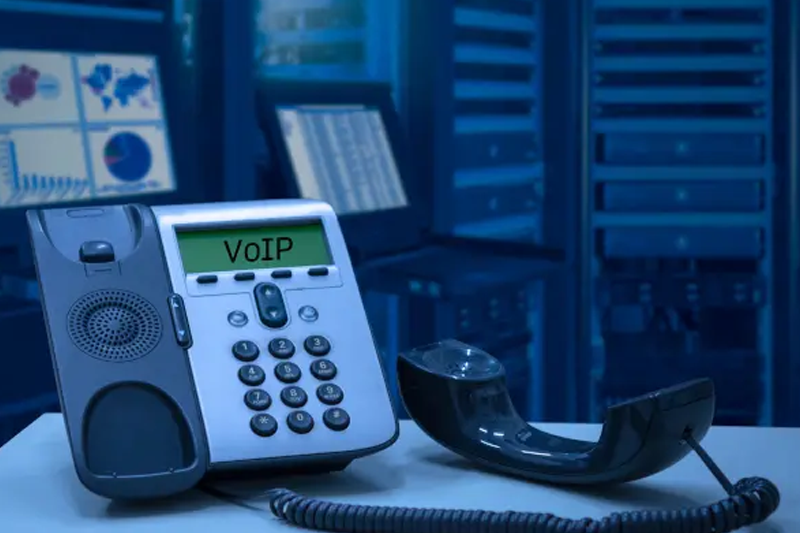
In today’s fast-paced digital world, a strong and secure IT infrastructure is essential for business success. Our team of experts offers comprehensive IT solutions, tailored to your specific needs. From network design and management to cloud computing, data backup, and cybersecurity, we help businesses stay connected, secure, and efficient.
Communication is the backbone of any successful organization, and our VoIP services take it to the next level. VoIP (Voice over Internet Protocol) technology offers reliable, cost-effective, and scalable communication solutions. Whether you’re running a small startup or a large enterprise, we can customize a VoIP system to meet your specific needs.


Say goodbye to outdated, inefficient copiers and printers. Our cutting-edge copier solutions help improve productivity, reduce costs, and enhance document management. Whether you need a high-volume copier, multi-functional printer, or a reliable fax machine, we have the right equipment for you.
Protect your assets and keep your business safe with our advanced security camera systems. We offer high-definition video surveillance systems that can be tailored to the specific security needs of your business. Whether you need cameras for the office, warehouse, or outdoor areas, we have the right solution for you.


Our team is made up of industry experts with years of experience, ready to provide personalized and professional service.

We understand that every business is different, which is why we offer tailored solutions to meet your unique needs and budget.

With our dedicated customer support, you can count on us to be there when you need us most.

We believe in providing high-quality services at competitive prices, making it easier for businesses of all sizes to access the technology they need.
Interested in learning more about how Boring’s IT services and Office Equipment solutions can help your business eliminate costly downtime, keep your operations running smoothly, and give you the peace of mind you’ve been longing for? Schedule a Discovery Call today.
Sign up for our emails and get not-so-boring updates and expert advice on
everything you never knew you wanted to know about IT and office solutions. Say goodbye to boring and hello to brilliance with Boring Business Systems!
© Copyright 2024 – Boring Business Systems. All Rights Reserved.